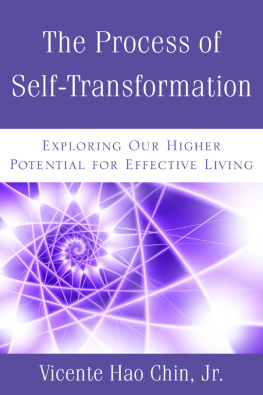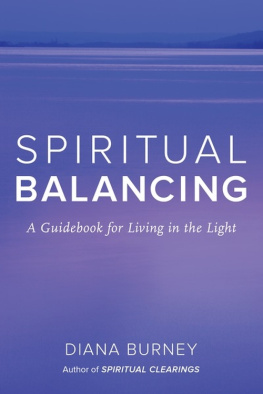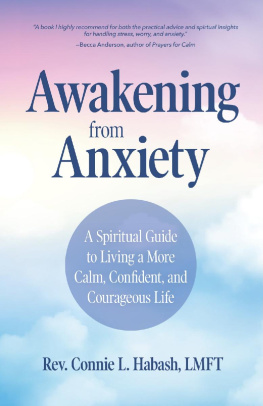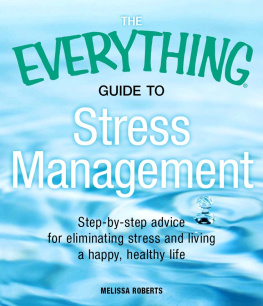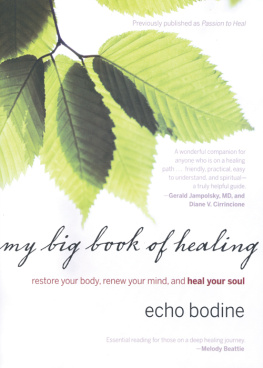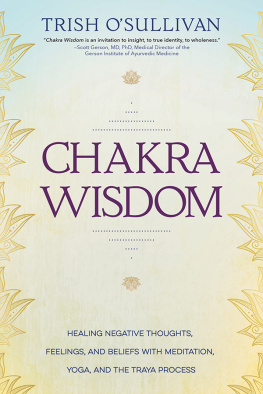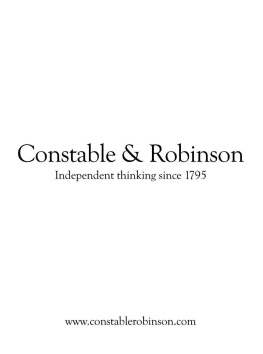The Process of Self-Transformation
Learn more about Vicente Hao Chin, Jr. and his work at www.questbooks.com
Find more books like this at www.questbooks.com
Copyright 2015 by Vicente Hao Chin, Jr.
First Quest Edition 2015
Quest Books
Theo sophical Publishing House
PO Box 270
Wheaton, IL 60187-0270
Without limiting the rights under copyright reserved above, no part of this publication may be reproduced, stored in or introduced into a retrieval system, or transmitted, in any form, or by any means (electronic, mechanical, photocopying, recording, or otherwise), without the prior written permission of the publisher of this book
The scanning, uploading, and distribution of this book via the Internet or via any other means without the permission of the publisher is illegal and punishable by law. Please purchase only authorized electronic editions, and do not participate in or encourage electronic piracy of copyrighted materials.
While the author has made every effort to provide accurate telephone numbers and Internet addresses at the time of publication, neither the publisher nor the author assumes any responsibility for errors or for changes that occur after publication. Further, the publisher does not have any control over and does not assume any responsibility for author or third-party websites or their content.
Cover image: JKerrigan/Shutterstock.com
Cover design by Mary Ann Smith
Type design and typesetting by Drew Stevens
Library of Congress Cataloging-in-Publication Data
Chin, Vicente Hao, Jr.
The process of self-transformation: exploring our higher potential for effective living / Vicente Hao Chin, Jr.
pages cm
Revised EditionPreface.
Earlier edition published in 2003 as The process of self-transformation: mastery of the self and awakening of our higher potentials.
ISBN 978-0-8356-0935-7
1. Self-control. 2. Self-realization. 3. Self-perception. I. Title.
BF632.C526 2015
158.1dc23 2014040008
ISBN for electronic edition, epub format: 978-0-8356-2184-7
5 4 3 2 1 15 16 17 18 19 20
Contents
The roots of human problems lie within the mind and personality of human beings. As long as there are internal contradictions and fragmentation within the psyche of individuals, there will be unhappiness in people as well as conflicts and discord among them.
Since ancient times, whether in the East or the West, sages have known that there are pathways toward the resolution of the inner contradictions within the human soul and the flowering of the full human potential and wholeness. These roads have been tried and tested for millennia and have produced some of the noblest human beings in history.
This book is a modern restatement of this age-old wisdom of humanity supplemented with specific tools that will help in accelerating the transformation of individuals. It was initially presented as a three-day workshop called the Self-Transformation Seminar. Because of the perceived effectiveness of its methods and approaches, it spawned a four-day youth camp for people from the ages thirteen to twenty-five called the Golden Link Youth Camp. Then, because of its impact on the young people who participated in the camps, the Golden Link School was established, which has since become an institution that offers tertiary courses and is now called Golden Link College. The principles of self-transformation became part of the core philosophy of the college. The Golden Link educational system now covers five campuses in various parts of the Philippines.
The workshops of self-transformation have further branched out into courses and seminars on parenting, leadership, peace education, development of corporate culture, marital relationships, stress relief, trauma healing, family healing, effective relationships, meditation, and nurturing the spiritual life. They are all rooted in the same principles of self-change.
This self-transformative approach germinated in the fertile soil of the Theosophical Society in the Philippines, a branch of a worldwide organization that fosters human unity, character building, spirituality, and the quests for truth and human perfection. It promotes these non-dogmatically and in a genuine spirit of freedom. Thus, the self-transformation approach contained in this book grew in a rich environment that benefited from the experiences and insights of various spiritual traditions, philosophies, and sciences.
An important element in this approach is that it is integrative in nature. It combines timeless principles and values with the practical demands of human life. It is not simply a palliative to ease the symptomatic pains of living, nor is it an attempt to primarily adapt to the current demands and values of society. The approach is based on the conviction that the happy and fulfilled life must not be in conflict with the deepest values of human beings, including spirituality and transcendence.
The author is grateful to Quest Books for the suggestion to publish a revised edition. Some parts of the book have been expanded, and it has benefited from the very helpful comments of Richard Smoley, to whom the author is grateful.
Vicente Hao Chin Jr.
May 2015
This book was originally intended as a manual for facilitators of the Self-Transformation Seminar that my colleagues and I have been conducting for many years in Asia, Australia, Europe, and North and South America. At the request of seminar participants to have reading materials from the seminar, the book is now available to the general reader, and the materials for facilitators have been put into a separate manual.
The Self-Transformation Seminar receives very encouraging feedback from participants in many countries. They are attended by a wide spectrum of people, including executives, professionals, educators, parents, young people, community development workers, government employees, and peace workers. Many feel that not only is it highly relevant to their present life situations, but also it opens up new dimensions in life to which they had never before given serious thought. We often hear the heartwarming feedback, I should have learned this when I was younger.
Many schools and universities request that the seminar be given to their administrators, faculty, and students. Religious organizations, nongovernment organizations, professional groups, and private companies similarly request the seminar because of its positive effect on the lives of participants.
Although people who have not attended the seminar can learn the principles of the process presented in the seminar by reading this book, we encourage them to discuss the book with groups or facilitators to ensure that they fully understand the various practices suggested here, especially the self-awareness processing, which is crucial to the entire program. Wherever feasible, we recommend that readers participate in the Self-Transformation Seminar.
Interested persons can visit the Self-Transformation Program website at .
The first drafts of this book have received helpful comments and suggestions from Bebot Rodil, Dr. Caren Elin, Les Vincent, Lionel Rodrigues, Vicki Jerome, Letty Lim, Lourdes Esmero, Diana Dunningham Chapotin, and Barbara Coster, to all of whom I am grateful.
Vicente Hao Chin Jr.
Quezon City
From the moment we are born to the day we die, life is a constant balancing act between satisfying personal needs and dealing with external constraints. We face two problems in life: the personal and the social.

